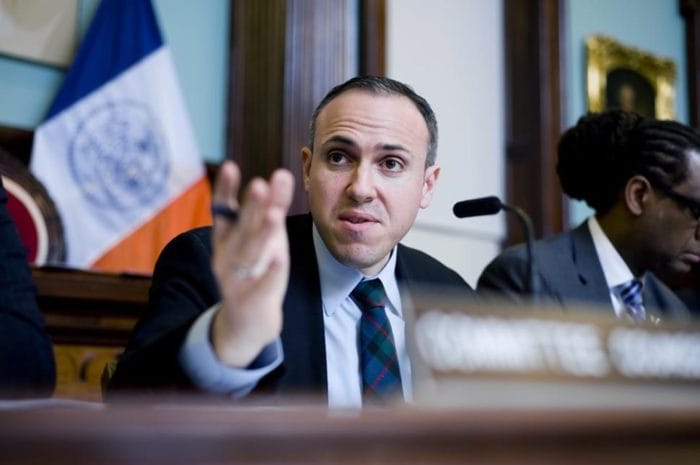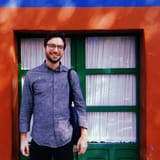Council Member Treyger and City Bar Association Call on City to Speed Up Shelter Wifi Installation


The city needs to pick up the pace when it comes to installing wifi in homeless shelters, argue the City Council’s education chair and the head of the NYC Bar Association.
In a joint letter sent yesterday, Council Member Mark Treyger and NYC Bar Association president Sheila Boston told schools chancellor Richard Carranza that the city’s timeline for installing wifi access in shelters was “unacceptable,” and said access needs to be expanded to facilities citywide, not just those with school-aged kids.
“The lack of reliable internet access needed to participate in remote learning during COVID-19 will lead to unacceptable learning loss which will be a tremendous disadvantage to their livelihoods,” they wrote. “We must actively and meaningfully address the full scope of New York’s digital divide.”
The letter comes as Mayor Bill de Blasio’s administration struggles to provide reliable internet access to the 111,000 children in shelters and unstable housing who need it to access remote learning during the pandemic.
The scale of the problem is large: a May survey of homeless residents by the City Bar Justice Center, which has been studying technology access in shelters, found that only six percent of the homeless residents surveyed had internet access through their homeless shelter.
Those access issues have also become intertwined with the city’s racial inequities, because nearly 85% of the city’s homeless students are Black or Hispanic.
In November, the de Blasio administration slowly began installing wifi in 200 family shelters, but says it won’t finish until the end of summer, after the end of the school year. The sluggish pace has resulted in a lawsuit from homeless families, and efforts by some shelter providers to forgo the city’s help entirely by installing wifi themselves.
About a third of New York’s homeless students currently live in shelters. 62% of the city’s homeless students graduated high school last year; that represented an increase from the year before, but pandemic-related changes to graduation policies implemented by the city and state have made year-over-year numbers difficult to compare.
In their letter, Treyger and Boston wrote that the technological challenges facing the city’s 18,368 homeless children were “extensive and severely disrupt their ability to participate in remote learning.”
They said that even students who had received city-provided iPads often lacked the internet access required to effectively use them, leaving students to rely on wifi from libraries, fast food restaurants or the city’s LinkNYC kiosks.
“These free public options offer only spotty connectivity depending on the time of day or the weather,” Treyger and Boston wrote. “They have also become harder to access since the pandemic (if they are accessible at all) and this will only be exacerbated as we begin to experience colder weather. It is unacceptable and unsustainable to expect homeless families to educate their children this way.”
The two also argued that the city’s plan to focus on installing internet access solely in shelters with school-aged children leaves behind those engaged in GED, vocational, and college course work, and said internet access should be expanded to all city shelters.
“These endeavors are pathways out of homelessness,” they wrote. “No student, young or old, should be deprived of the tools that will help lift them out of homelessness and poverty.”
They urged the City’s Department of Education to work with shelter providers and other city agencies to provide cellular-enabled iPads and set up short-term internet access while more permanent wifi installation continues. They also recommended installing additional computers and printers throughout the shelter system, calling the technology “crucial for students and all of their education needs.”





